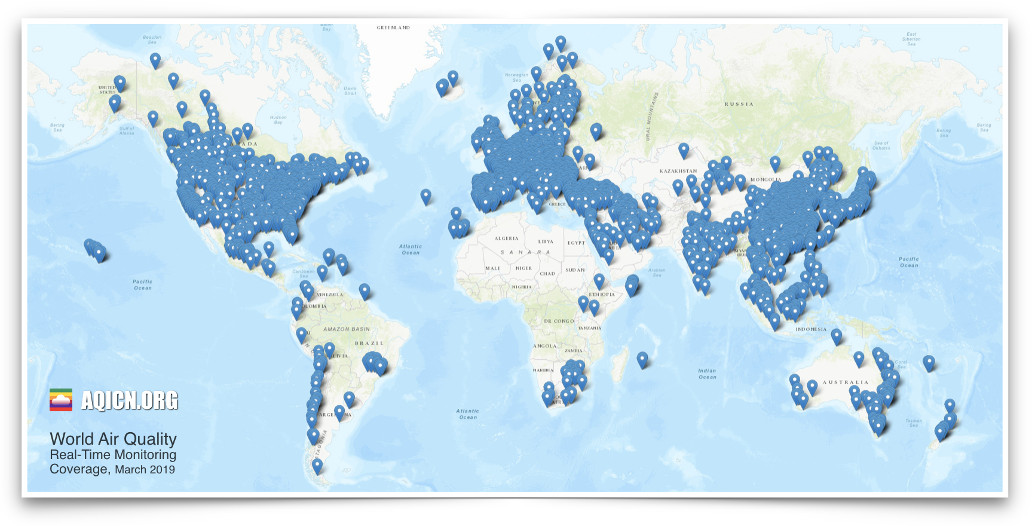
Dự án Chỉ số Chất lượng Không khí Thế giới là một dự án phi lợi nhuận được bắt đầu vào năm 2007. Nhiệm vụ của dự án là nâng cao nhận thức về ô nhiễm không khí cho người dân và cung cấp thông tin thống nhất về chất lượng không khí trên toàn thế giới.
Dự án đang cung cấp thông tin minh bạch về chất lượng không khí cho hơn 130 quốc gia, bao gồm hơn 250.000 trạm giám sát chất lượng không khí tại 2.000 thành phố lớn, thông qua hai trang web: aqicn.org và waqi.info .
Nhóm sáng lập bao gồm một số người đóng góp trong lĩnh vực khoa học môi trường, kỹ thuật hệ thống, khoa học dữ liệu cũng như thiết kế trực quan. Nhóm đã mở rộng trên toàn thế giới, với những người ủng hộ chủ chốt mới từ Trung Quốc, Singapore, Ấn Độ, Úc, Hoa Kỳ.
Dự án có mục đích xã hội. Tuy nhiên, mặc dù có phạm vi hoạt động rộng rãi nhưng nó chưa bao giờ nhận được bất kỳ nguồn tài trợ công nào. Thu nhập của chúng tôi, chủ yếu từ quảng cáo trực tuyến cũng như các trạm giám sát chất lượng không khí GAIA , được sử dụng để trang trải cơ sở hạ tầng đám mây và chi phí lưu trữ.
Dự án không ngừng tìm kiếm sự hỗ trợ từ nhiều người đóng góp hơn.
Hiện nó đã nhận được sự đóng góp tích cực từ hơn 16179 công dân từ 138 quốc gia


